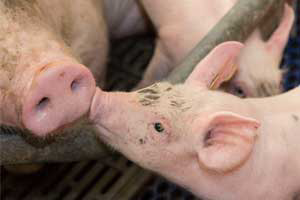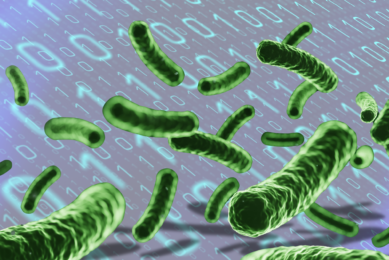Microbiota piglets profit from probiotic supplements

Probiotics can be beneficial for gut development in young animals. Researchers at the China Agricultural University in Beijing have put Lactobacillus fermentum I5007 to the test in piglets to see how it influences the microbial composition.
Antibiotics have long been used in animal production and medication to alleviate weaning stress. However, due to the concerns over food safety and human health, its use in animal production has been prohibited in many countries. Therefore, there is growing interest in developing alternative additives, such as a probiotic Lactobacillus.
Researchers at the China Agricultural University in Beijing wanted to evaluate the effects of early administration of Lactobacillus fermentum I5007 on intestinal development and microbial composition in the gastrointestinal tract using a neonatal piglet model.
In the trial, four day old piglets, fed with milk replacer, were divided into a control group (given placebo of 0.1% peptone water) and a L. fermentum I5007 group (dosed daily with 6 × 109 CFU/mL L. fermentum I5007). The experiment lasted 14 days. On day 14, a significant increase in the jejunum villous height and increases in the concentrations of butyrate and branched chain fatty acids in the colonic digesta were observed in piglets in the probiotic group. mRNA expression of IL-1β in the ileum were lower after 14 days of treatment with L. fermentum I5007.
It was also shown that L. fermentum I5007 affected the colonic microbial communities on day 14 and, in particular, reduced numbers of Clostridium sp. According to the reseachers, the probiotic supplement used in this experiment plays a positive role in gut development in neonatal piglets by modulating microbial composition, intestinal development, and immune status. They state that L. fermentum I5007 may be useful as a probiotic for application in neonatal piglets.
The full report of this study (Oral Administration of Lactobacillus fermentum I5007 Favors Intestinal Development and Alters the Intestinal Microbiota in Formula-Fed Piglets) has been published in the January issue of the Journal of Agriculture Food Chemistry.











